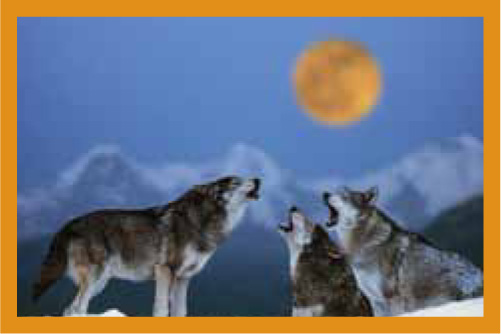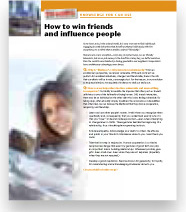CONTENTS
|
Communication, cooperation, and conflict in the animal world |
|
|
Behaviors are traits that can evolve. 366 |
|
|
9.1 |
Behavior has adaptive value, just like other traits. 366 |
|
9.2 |
Some behaviors are innate. 368 |
|
9.3 |
Some behaviors must be learned (and some are learned more easily than others). 369 |
|
9.4 |
Complex- |
|
Cooperation, selfishness, and altruism can be better understood with an evolutionary approach. 373 |
|
|
9.5 |
“Kindness” can be explained. 373 |
|
9.6 |
Apparent altruism toward relatives can evolve through kin selection. 374 |
|
9.7 |
Apparent altruism toward unrelated individuals can evolve through reciprocal altruism. 377 |
|
9.8 |
In an “alien” environment, behaviors produced by natural selection may no longer be adaptive. 379 |
|
9.9 |
Selfish genes win out over group selection. 381 |
|
Sexual conflict can result from disparities in reproductive investment by males and females. 382 |
|
|
9.10 |
There are big differences in how much males and females must invest in reproduction. 382 |
|
9.11 |
Males and females are vulnerable at different stages of the reproductive exchange. 384 |
|
9.12 |
Tactics for getting a mate: competition and courtship can help males and females secure reproductive success. 386 |
|
9.13 |
Tactics for keeping a mate: mate guarding can protect a male’s reproductive investment. 388 |
|
9.14 |
This is how we do it: When paternity uncertainty seems greater, is paternal care reduced? 389 |
|
9.15 |
Monogamy versus polygamy: mating behaviors can vary across human and animal cultures. 391 |
|
9.16 |
Sexual dimorphism is an indicator of a population’s mating behavior. 393 |
|
Communication and the design of signals evolve. 395 |
|
|
9.17 |
Animal communication and language abilities evolve. 395 |
|
9.18 |
Honest signals reduce deception. 397 |
|
How to win friends and influence people 398 |
|
XIII
 9 • Evolution and Behavior 365
9 • Evolution and Behavior 365 StreetBIO: KNOWLEDGE YOU CAN USE
StreetBIO: KNOWLEDGE YOU CAN USE